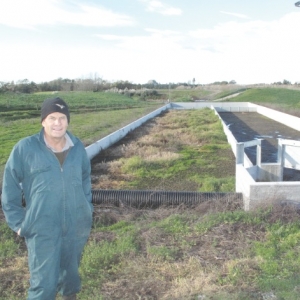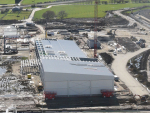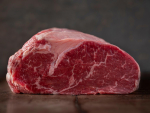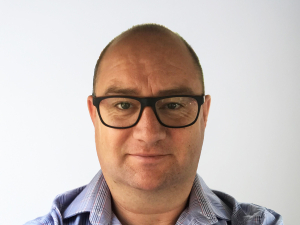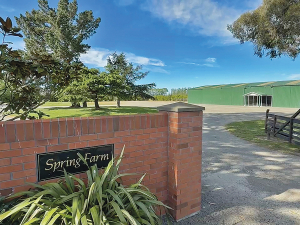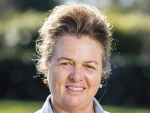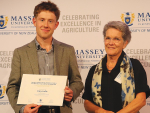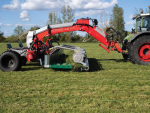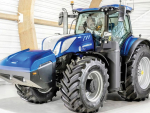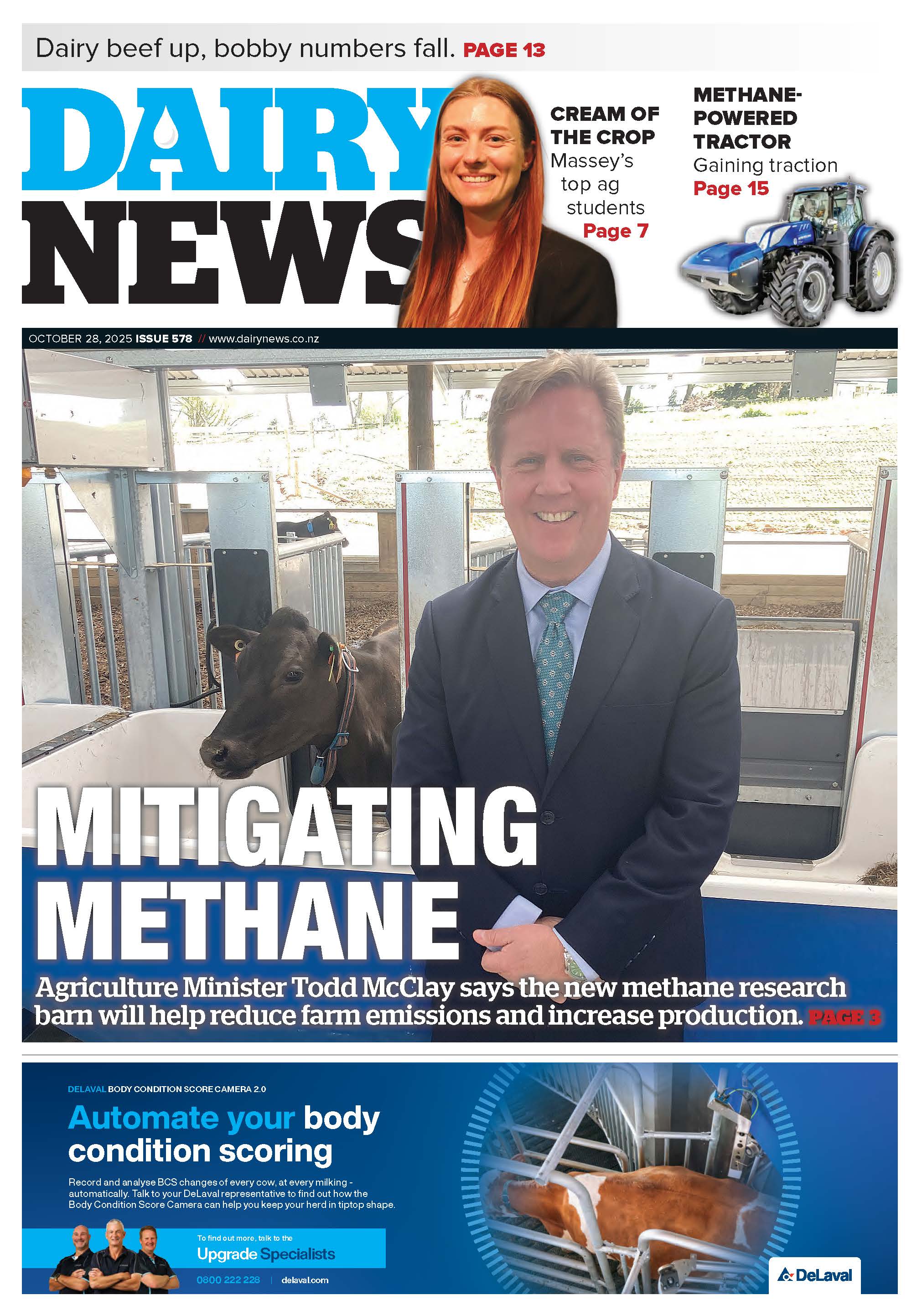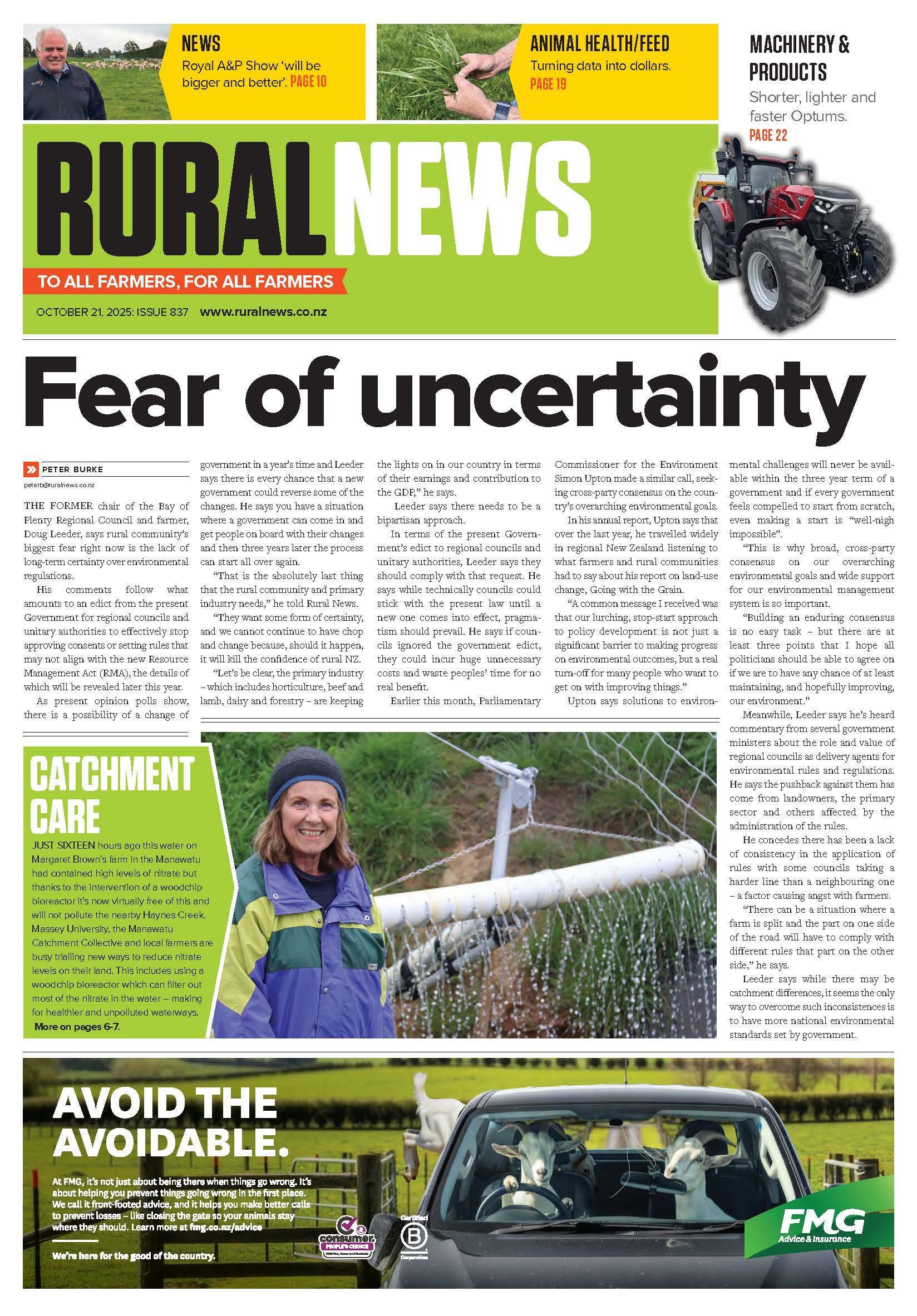“We had experience of them in our farming operations in the South Island and they worked well so to keep up with regulations we installed one at our home farm and with our contour I knew it would be ideal for us,” said Craig.
La Vista Farms Ltd is at Otamarakau 27km south of Te Puke on Highway 2 and is 1km from the Pacific Ocean. The farm is 177eff/ha, and 625 Friesian and Friesian crossbred cows are contract milked by daughter and son-in-law Renee and Richard Boyden.
It is 66% river flats which are wet in the winter but hang on well into the summer, and the balance is easy rolling to steep. Rainfall is 1100mm with the area being prone to summer dries and they have free draining pumice soils. They have owned it for 28 years.
They have feed pads that will hold 300 head and are used for on/off grazing to protect pasture in bad weather. The farm is centrally raced to 97 paddocks and they use 12hr grazing running two herds. They have a 40-aside herring bone dairy shed with a Westfalia milking plant and they are Fonterra suppliers. Young stock are grazed off from May to May.
They irrigate 37ha, drawing water from a local stream through a Vanden Bussche irrigator.
Best production from the farm was in the 2011-2012 season and was 223000kgMS. “We were heading for another record in the 2012-2013 season but because of the drought we had to bring all our heifers home from grazing requiring us to dry a lot of our cows off early.”
Harriss have been involved with various farming operations in Southland but have recently downsized and now are only involved in a partnership with Chris and Gail McKenzie with two farms in Southland one of 330ha milking1200 cows and the second 188ha milking 600 cows. The partnership also has a 540ha run off.
“We decided to consolidate to the home farm and another 177ha at Gordonton with equity partners our daughter Emma and her husband Finlay Maclennan milking 600 cows.
With a weeping wall Craig says the process solves all the problems by containing all effluent from the dairy shed and the feed pad and he has control of the disposal of liquid and solids and is not subject to weather. The spreading of the liquid is done through the Vanden Bussche irrigator.
Weeping walls are a low energy system which separate liquid from solids with the advantages of fewer blockages in irrigators and full use of the remaining solids.
All material from the shed and pads flow into one of the twin bunkers which are 40 x 8 x 2m deep with no fall. Two metres from the outlet end is the weeping wall consisting of 50mm plastic slats with 6mm gaps which hold back the solids but let the liquid through. The liquid falls to a sump with a pump operated on a float switch that pumps the liquid to a 4500m3 lined holding pond from where it is pumped to the irrigator. This liquid is spread twice a week and continuously when combined with irrigation water.
The bunkers/sludge beds are 50m from the dairy shed and are almost odourless in operation. At the inlet there is a simple two way gate to direct effluent to the left or right bunker. There is also a large diameter pipe to bring effluent direct from the feed pads.
The pads are used to feed about 700kg/cow of PKE and maize silage during the season and there is calving pad 30 x 30m adjacent.
The left hand bunker has taken all the material for five months with no labour input before the gate was changed to fill the second bunker. The first bunker will not be emptied until bunker two is almost full in another 5-6 months.
“This allows as much liquid as possible to pass through the wall and further consolidate the material.”
All rainwater from the dairy shed can be diverted between milkings and a contractor will empty the bunker and spread the material.
The installation was designed by Agfirst Engineering, Te Puke and built by Archway Construction Ltd, another local firm.
“Because the system works so well with low labour input, full utilisation of the liquid and the solids being such a great fertiliser we can’t get enough of the stuff,” concluded Craig.





